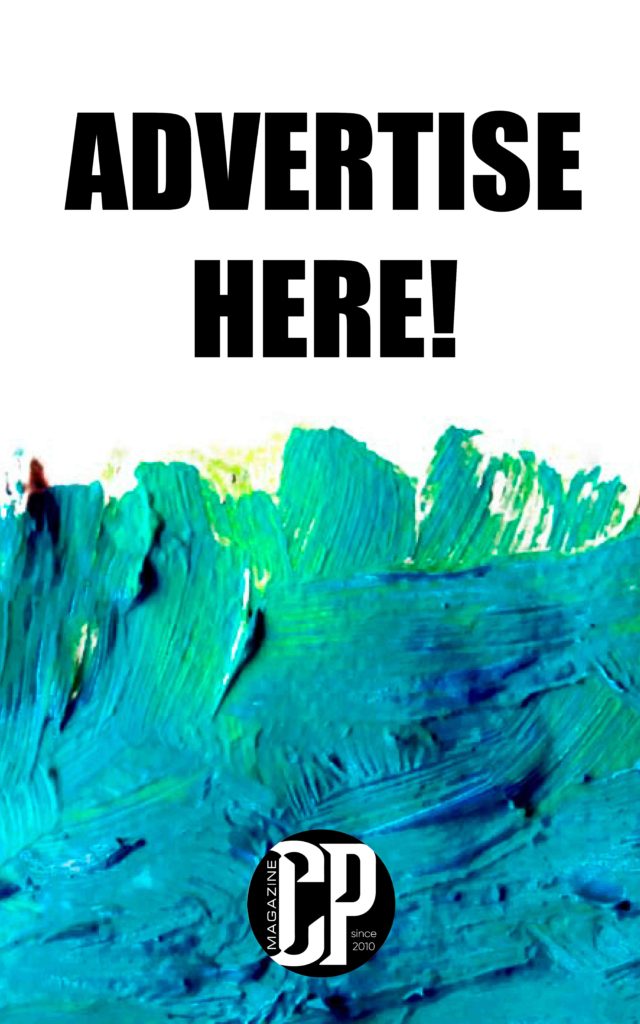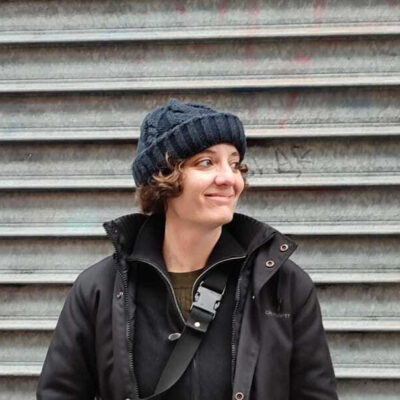
Opening on Tuesday, April 15, 2025, and running until May 23, 2025, AIR ELECTRIC brings together three series that explore energy in its many forms. At the core of the exhibition is C-Batterie, a sculptural homage to Joseph Beuys’ Capri-Batterie, which reinterprets ideas of permanence and power through bronze casts shaped by bees. The AIR ELECTRIC series expands Sailstorfer’s investigations into industrial materials, using electricity as a painting medium to create abstract silver and copper landscapes. Meanwhile, his latest Tank sculpture repurposes an automotive fuel tank, stripping it of its function and transforming it into an object that evokes both industry and human presence.
Blending humor, experimentation, and chance, Sailstorfer challenges conventional understandings of energy—not only in art but in the broader context of contemporary life.
José Berrocoso, our lifestyle editor, sits with Michael Sailstorfer to learn more about his new exhibition in the UAE and the ideas that drive his artistic practice.
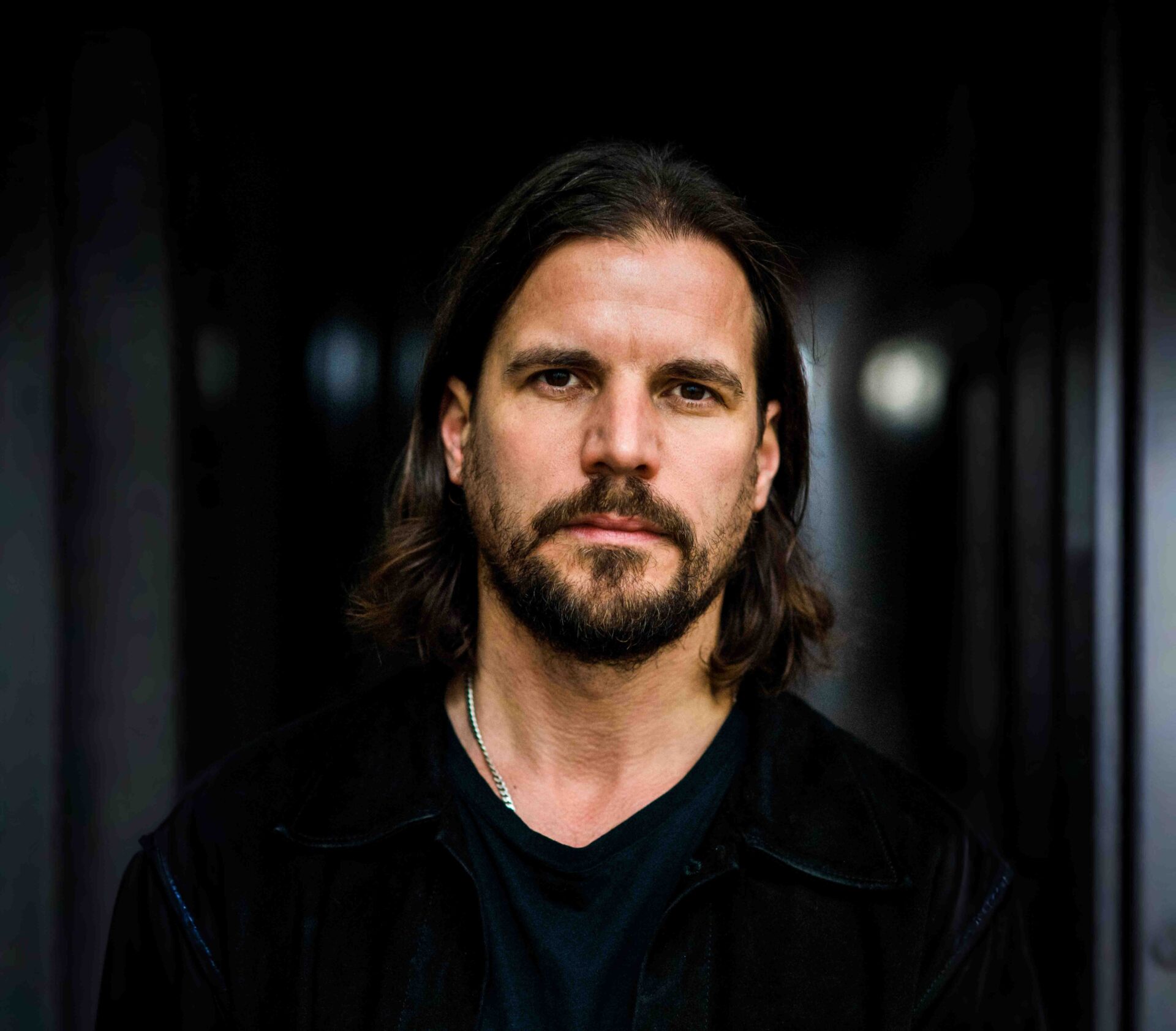
Energy is a central theme in your work. What initially drew you to explore this concept through sculpture and installation?
Energy fascinates me because it is a fundamental force that drives the natural world and human innovation. I see it as both a physical force as well as a conceptual metaphor. A central question within my practice is how energy can be transformed, transferred or exhausted and how objects can store and release energy – whether through movement, sound, natural elements or the energy between two components as manifested in my new series Air Electric.
The C-Batterie series is a reinterpretation of Joseph Beuys’ Capri-Batterie. What aspects of his work inspired you, and how does your approach differ?
Joseph Beuys’ Capri-Batterie (1985) is a seminal work that combines organic and industrial elements to comment on energy and transformation. It consists of a bright yellow lemon attached to a small socket with yellow light bulb. The arrangement suggests that the solar energy converted by the lemon flows as an electric current through the light bulb and causes it to glow continuously. With the concept of the series Batterie and the following series C-Batterie I have responded to Beuys’ concepts by integrating contemporary materials and processes, such as casting in bronze and involving bees in the creation process. Wax casts of light bulbs were further processed by honeybees in custom-made hives until the industrial appearance of the casts was overgrown by honeycombs. The wax sculptures were then casted in bronze and sandblasted. This approach not only pays homage to Beuys but also introduces a new dialogue between different modes of production and authorship.
By involving bees in the creation process of C-Batterie, you introduce an element of chance. How do you see the role of nature in shaping your art?
Incorporating bees into the series of Batterie and C-Batterie, it introduces an element of unpredictability, as the bees’ natural behavior influences the final form of the sculptures. This collaboration with nature underscores the idea that art is not solely a human endeavor but can be a co-creation with the environment, highlighting the beauty of chance and organic growth.
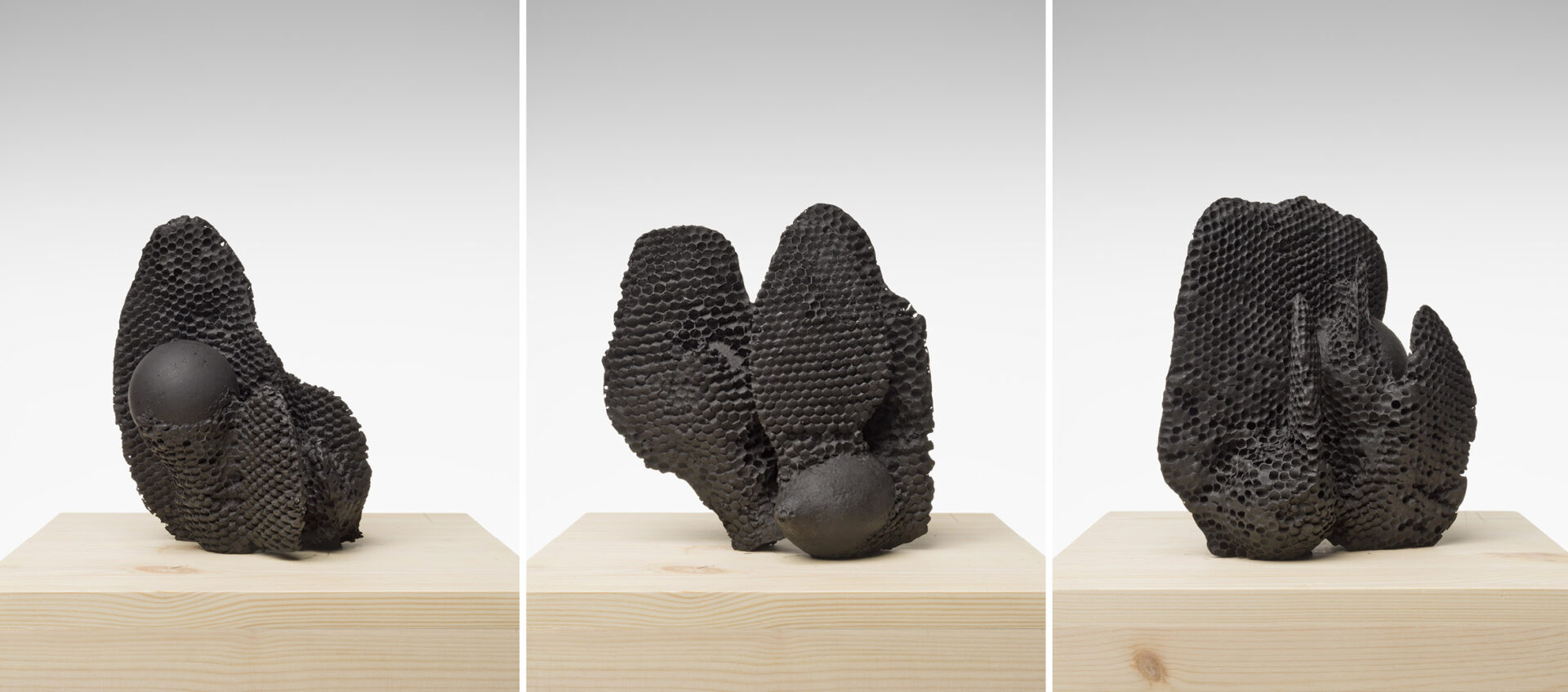
Bronze is known for its durability and recyclability. Was its use in C-Batterie purely symbolic, or was sustainability a conscious factor in your decision?
The concept behind choosing bronze as a material for both series was to transform a bee structure – something fragile and delicate and temporary – into a lasting form.
In AIR ELECTRIC, you transform electricity into a painting medium. What inspired this technique, and how did you develop the process?
By directing current through a fine copper fabric stretched over a wooden frame and applying a silver electrolyte with a stainless-steel rod, silver ions fuse with the copper surface, creating abstract landscapes. Rather than adding layer by layer onto a given carrier, the carrier itself is altered here. Therefore, if one wants to think along the categories of painting and sculpture, the approach is rather sculptural. This technique emerged from a desire to visualize the intangible nature of electricity.
The abstract landscapes in AIR ELECTRIC evoke a sense of history and layers of time. How do you see the connection between technology and the traditional notion of landscape painting?
Air Electric bridges the gap between technological processes and the traditional format of painting. It invites viewers to reflect on how technological advancements reshape our perception of the natural world and our place within it.

The unpredictability in your work contrasts with your deliberate choice of materials. How do you balance control and randomness in your artistic process?
My artistic process involves a delicate balance between control and randomness. While I deliberately select materials and set parameters, I also embrace unpredictable elements, such as the behavior of bees or the flow of electricity. This interplay mirrors the complexities of life, where structure and spontaneity coexist.
Your work often explores the tension between natural resources and technological development. Do you see your art as a critique of our dependence on energy?
My work often delves into the tension between natural resources and technological progress. While not overtly a critique, it encourages contemplation of our reliance on energy and the environmental implications of technological advancement, prompting viewers to consider sustainable paths forward.
The connection between copper and bronze creates a dialogue between AIR ELECTRIC and C-Batterie. How important is material continuity in your practice?
Even though copper or bronze respectively emphasize the transformation of raw materials through energy-intensive processes, my work is not primarily about materials—it is about the processes they undergo. Copper was chosen for Air Electric due to its exceptional conductive properties, making it the ideal material for exploring themes of electricity and energy flow. Bronze, on the other hand, was the right choice for Batterie and C-Batterie, as it allowed for a transformation from an organic, temporary form into something permanent and sculptural. Ultimately, the selection of materials serves the concept rather than being the focus itself.
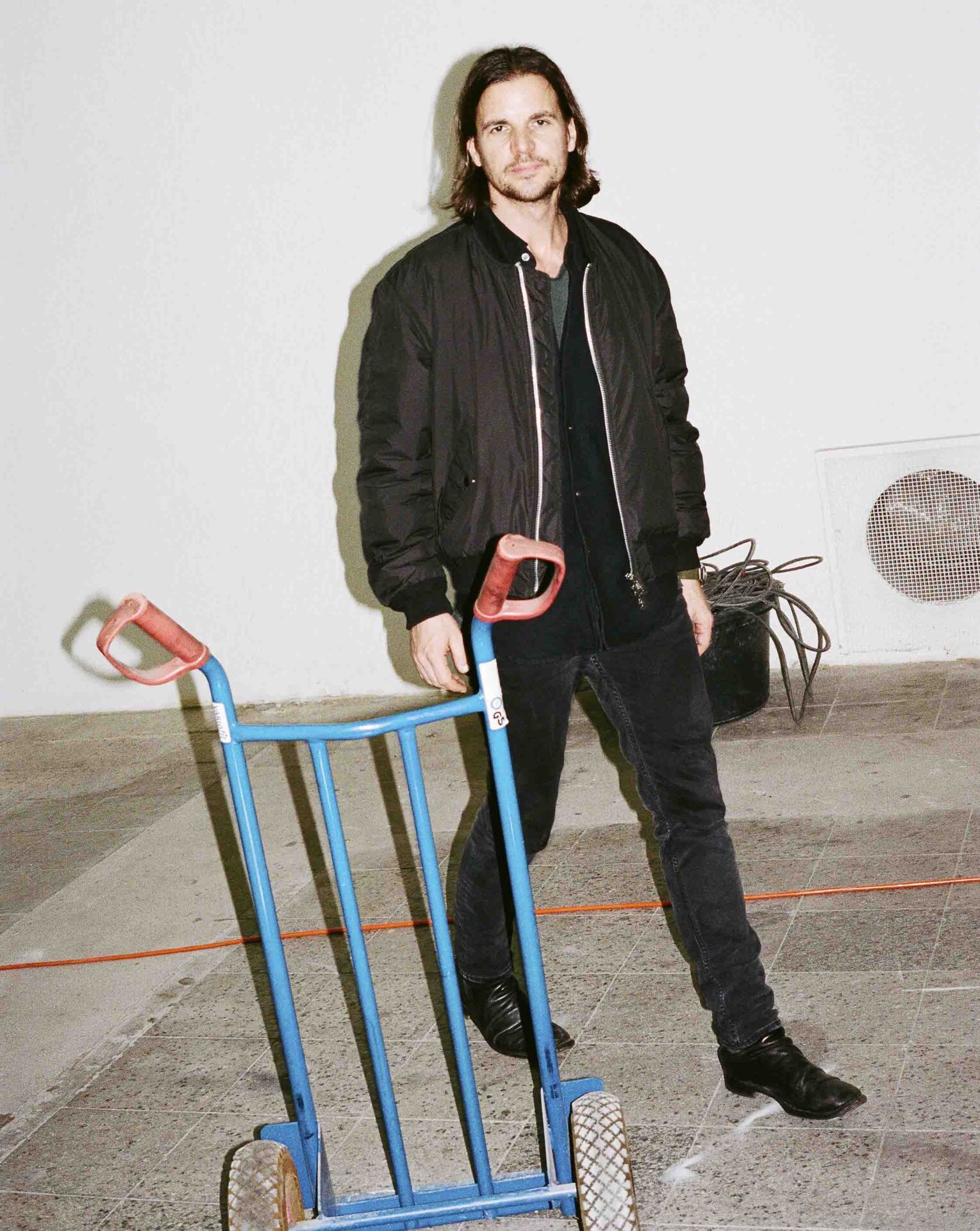
Tank 11 transforms an Audi fuel tank into a wall-mounted piece. How does this work fit within the broader themes of the exhibition?
Tank 11 repurposes an Audi fuel tank into a wall-mounted piece. It is removed from its technical context as an energy storage and transformed into an autonomous object that hangs on the wall like an oversized mask. Two round openings resemble eyes, while curved pipes run across its surface, reminiscent of veins or nerve pathways. Sound coming from speakers inside of the tank imitating the subtle and rhythmic sounds of human breathing, reminds us that energy in any given form is always fuel for life – which is the topic of the exhibition in a way. So, the tank is deprived of its actual function and what was once a purely technical form takes on an anthropomorphic quality.
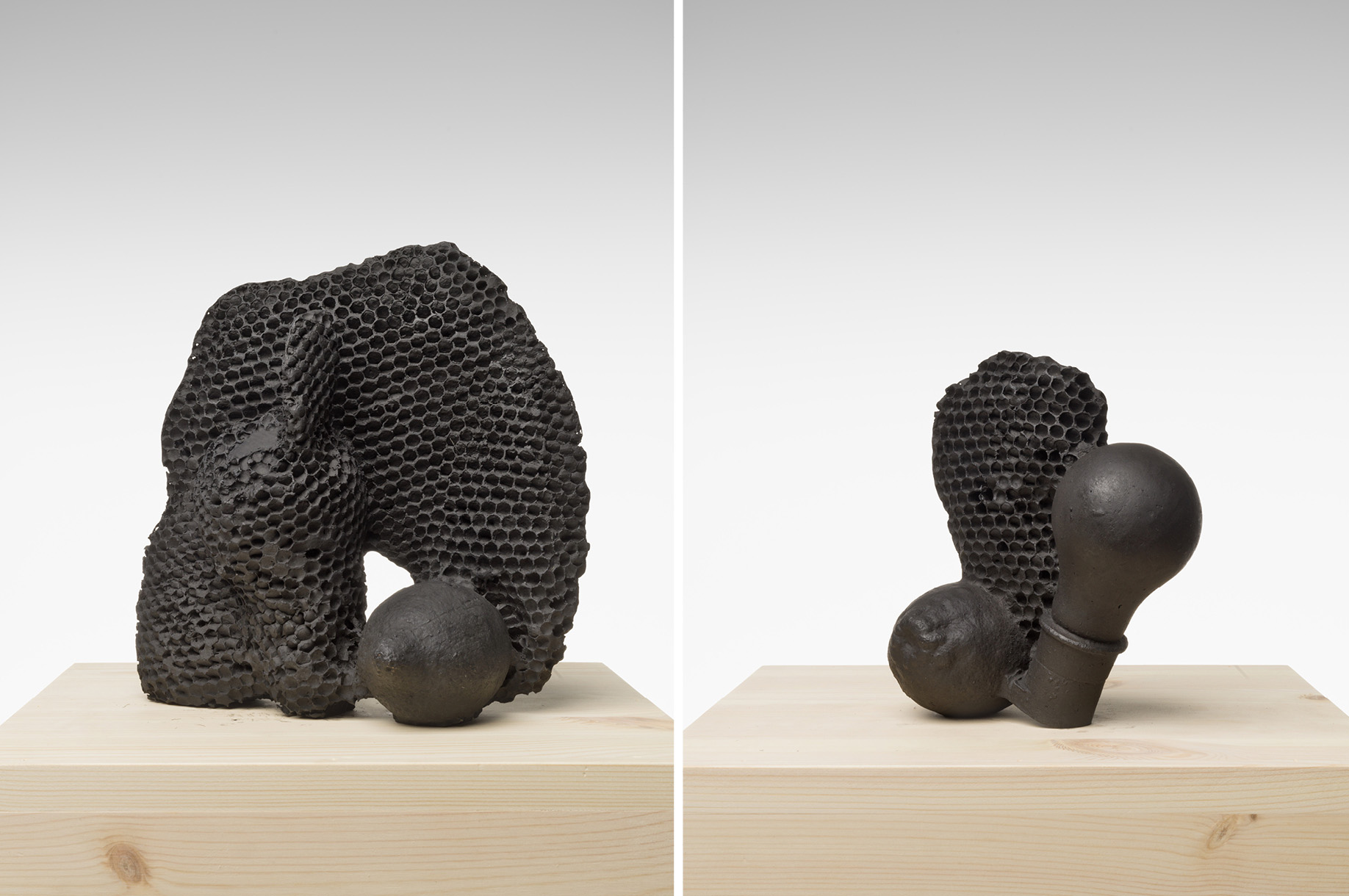
The breathing sound in Tank 11 adds a human-like presence to the piece. What emotions or associations do you hope the viewer experiences?
The breathing sound in the personified Tank 11 symbolizes the human body as an energy saver, similar to the tank, which is powered by the air drawn into by the lungs. Further, the sound of the respiratory system refers to various breathing techniques which can lead to increased energy levels, deep relaxation, mindfulness or enhanced self-awareness.
Your work has a strong conceptual foundation but remains open to interpretation. What do you hope audiences take away from AIR ELECTRIC?
Through Air Electric, I hope audiences engage with the themes of energy, transformation and the interplay between nature and technology – fostering personal reflections on their relationship with these forces.




